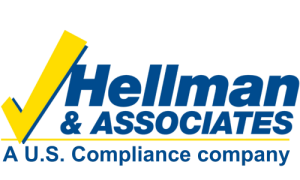Colorado workers’ comp provider Pinnacol Assurance crunched the numbers to find out when workers are at the greatest risk of injury. Over the past five years, the company has received 62% more claims on January 9 than the daily average. The most common injuries are slips, trips, and falls followed by strains.
There are five main attributes that contribute to this high rate of injury:
- Lack of attention People are coming back from vacation and their heads aren’t in the game.
- It’s slippery While temperatures climbed up to 42 on January 9, 2020, lows were still below freezing, causing slick conditions. Plus, wet indoor surfaces from snow and ice being tracked inside can pose a harzard.
- It’s dark With winter solstice being just a couple weeks behind us, there’s a high chance that workers are either arriving at or leaving work when it’s dark, when they can’t see hazards.
- Improper footwear Dress shoes and high heels often have slippery soles, and in the interest of time people often skip the precaution of snow boots.
- Hands in pockets Although not for the reasons one might think, mittens and gloves are a good preventative measure. It’s hard for people to catch themselves when their hands are in their pockets.
If January 9 came and went without incident at your company, that’s great, but you’re not out of the weeds yet. February 4 is the most dangerous day for teachers.
This winter, make sure your employees are aware of hazards and how to prevent them by downloading our toolbox talks on Slips, Trips, and Falls and Cold Work Hazards. For specialized, site-specific training, contact us at 303.384.9828 or fill out our contact form and a safety representative will get back to you shortly.

